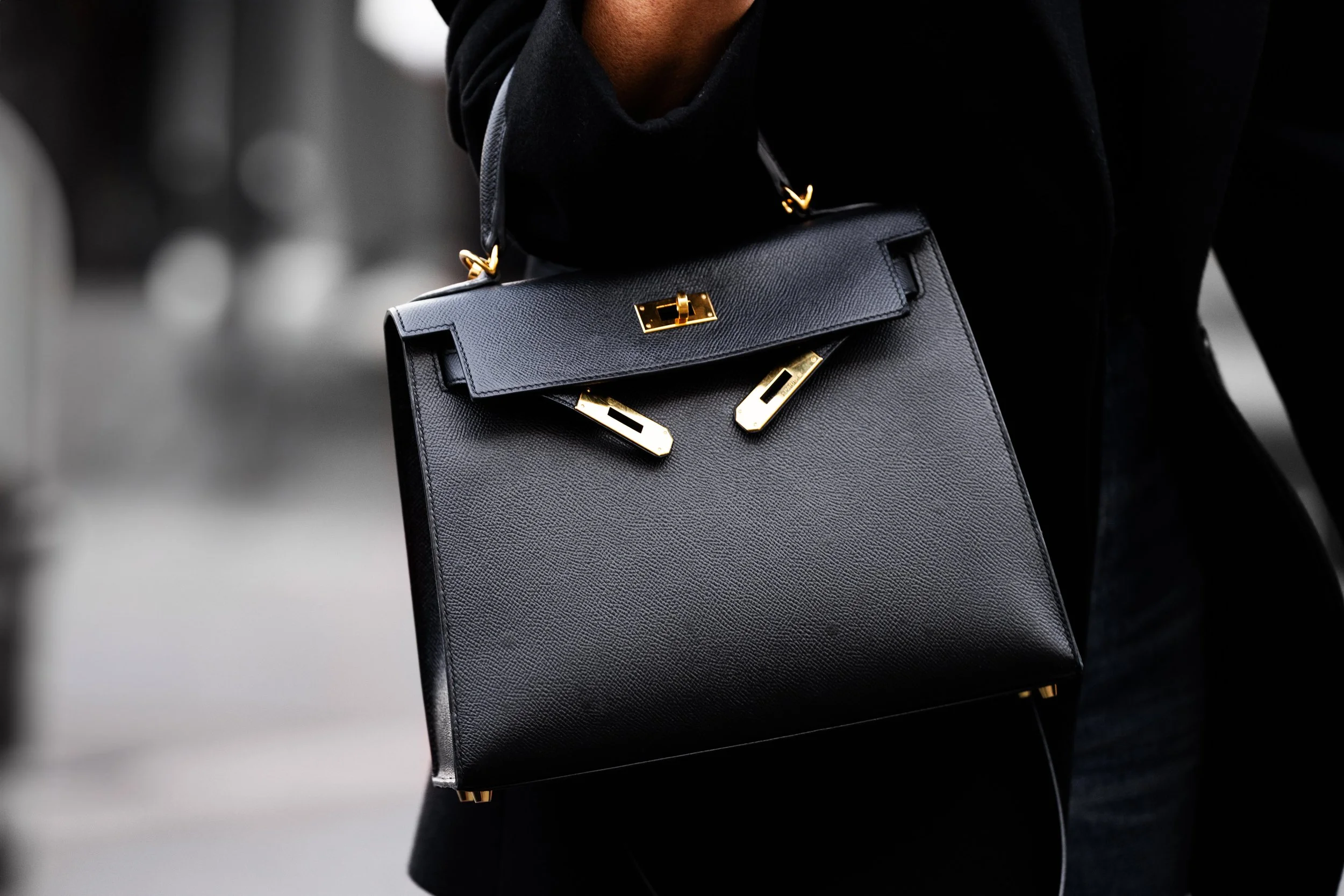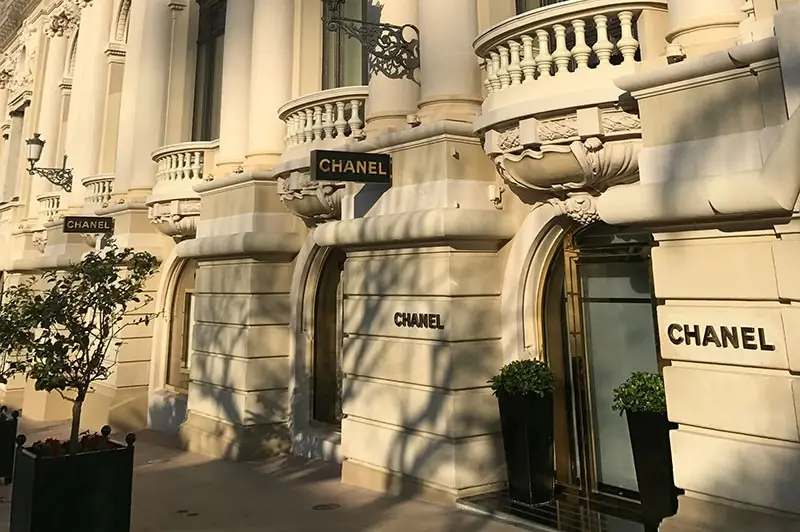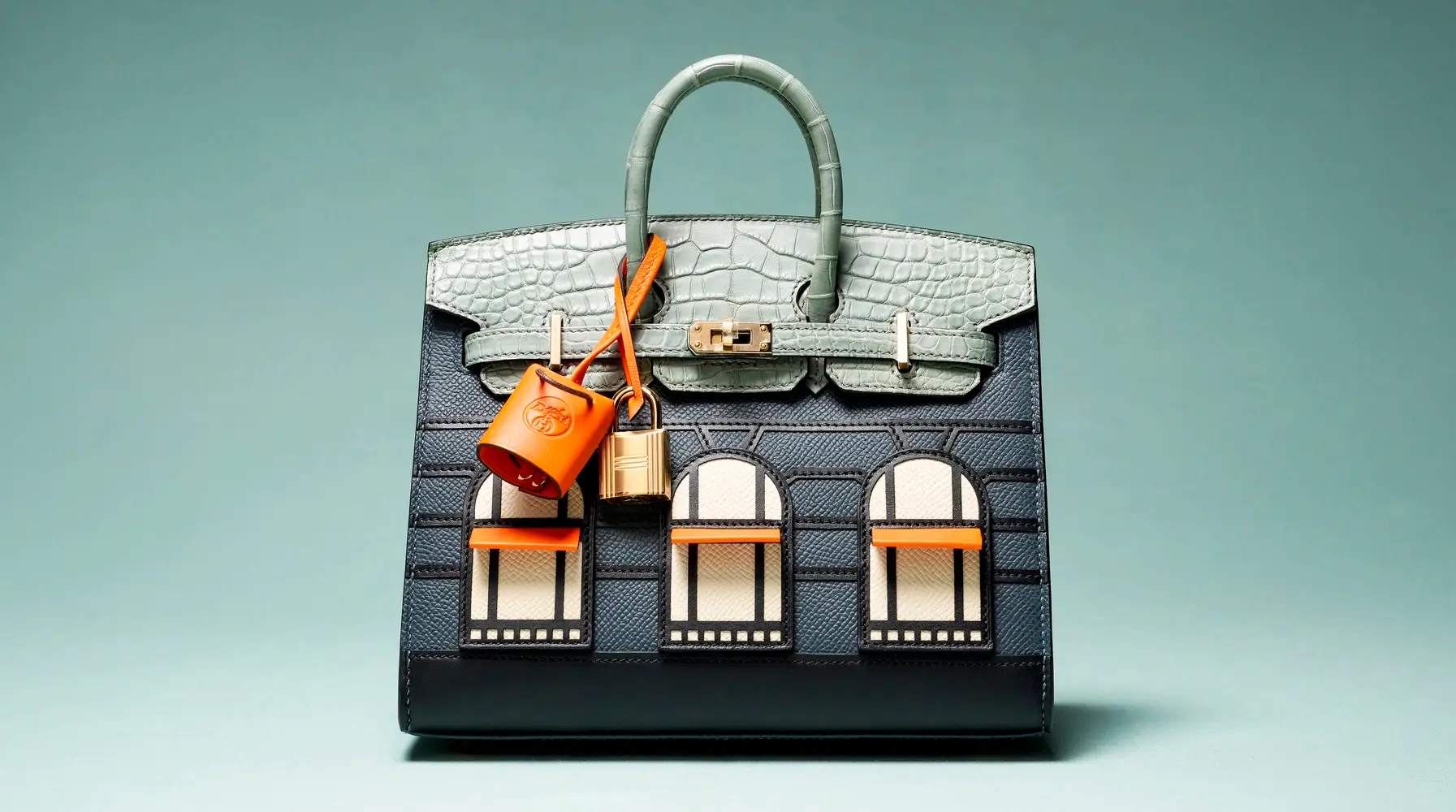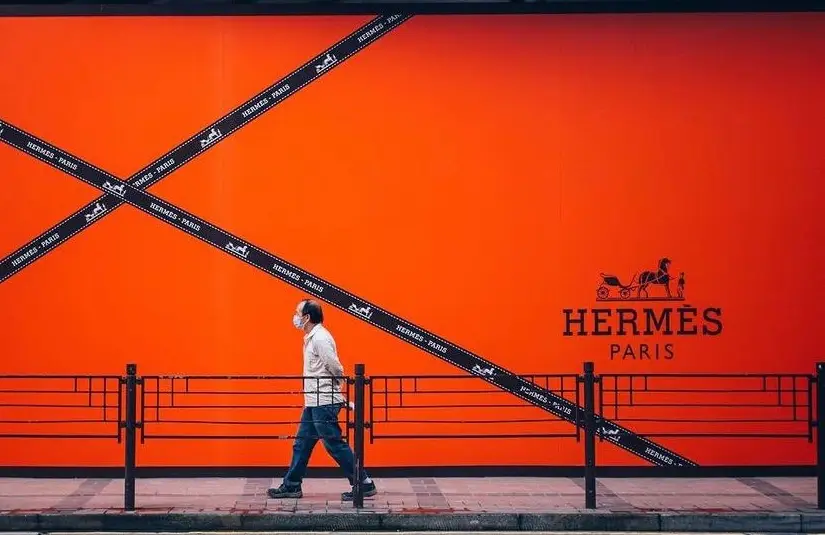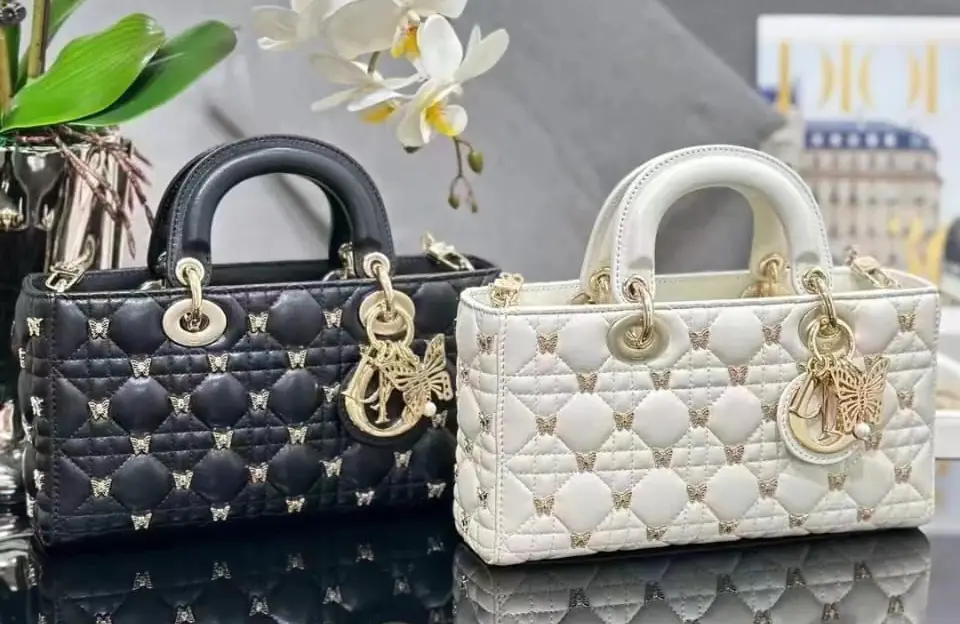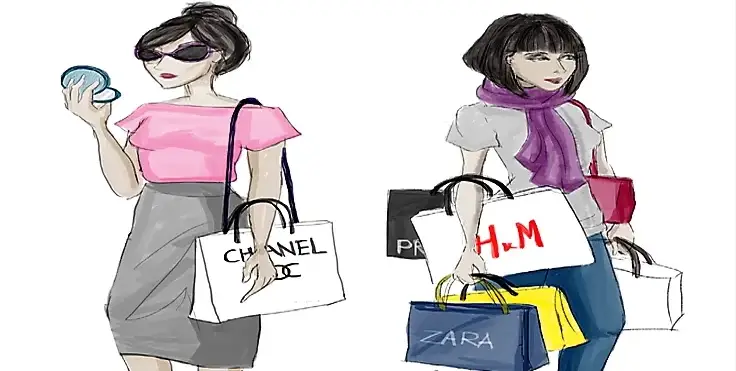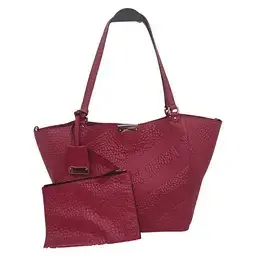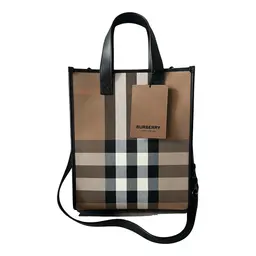The luxury resale market is booming, with handbags at the forefront of a growing industry that values craftsmanship, scarcity and brand prestige. Among the top performers, Hermès and Chanel dominate, but their resale pricing strategies reflect two very different approaches.
Hermès thrives on controlled scarcity, while Chanel leans into brand recognition and retail pricing power. This sharp contrast creates ripple effects across the secondary market, influencing buyer behavior and resale values.
Hermès: Scarcity as a Strategy
Hermès has built its reputation on exclusivity, especially with the Birkin and Kelly. These bags are famously difficult to obtain at retail, with waiting lists stretching months or even years. The result is a thriving resale ecosystem where prices often exceed retail by two to three times.
In resale, Hermès consistently outperforms other luxury houses. A Birkin, depending on size, leather and condition, can sell for anywhere between 20 to 100 percent above retail. Rare and exotic variations can climb far higher.
Chanel: Retail Price Increases Driving Resale
Chanel takes a different approach. Rather than limiting supply, it has adopted an aggressive pricing strategy, raising retail prices several times a year. Over the past decade, prices for the Classic Flap have nearly doubled.
These hikes filter directly into the resale market, as buyers who are priced out of retail turn to pre-owned options. Still, resale values for Chanel typically hover around 70 to 90 percent of retail, depending on the model and condition.
The Buyer’s Perspective
For buyers, the difference between Hermès and Chanel pricing strategies is stark. Purchasing an Hermès bag at retail can feel like winning the lottery, but once acquired, the item often appreciates. Chanel, by contrast, offers greater accessibility at retail, but resale buyers see their purchases more as holding value than generating appreciation.
Generational Influence
Millennial and Gen Z buyers are reshaping resale demand. Many younger consumers see Hermès as aspirational but out of reach, leading them to enter luxury ownership through Chanel. Chanel’s broader availability and slightly lower resale premiums make it more approachable.
At the same time, social media has heightened awareness of both brands’ pricing models. Videos comparing Hermès and Chanel purchases routinely go viral, underscoring how these strategies play into cultural conversations around luxury.
Global Appeal and Regional Trends
Regional differences also play a role in pricing dynamics. In Asia, Hermès continues to dominate as a status symbol, with resale premiums especially strong in markets like China, Japan and Singapore. Chanel, however, maintains a broader global base, with consistent resale demand in North America and Europe.
Both Hermès and Chanel benefit from growing consumer interest in sustainability. Buyers see pre-owned luxury as a way to engage with fashion while reducing environmental impact. Hermès’ durability ensures bags last for decades, while Chanel’s timeless designs make them versatile staples in a circular economy.
With high values come high risks. Counterfeiting remains a major issue in both Hermès and Chanel resale markets. Libas Collective has responded with rigorous authentication processes, ensuring that every bag listed undergoes expert evaluation.
Outlook for 2025 and Beyond
Looking forward, the contrast between Hermès and Chanel pricing strategies is expected to continue shaping the resale landscape. Hermès will likely maintain scarcity, ensuring strong resale premiums, while Chanel’s price increases will keep resale demand steady but with smaller margins of appreciation.
The secondary market reveals as much about brand strategy as it does about consumer behavior. Hermès thrives on scarcity-driven premiums, while Chanel builds on accessibility and brand strength. Both approaches fuel a thriving resale economy, but with distinctly different outcomes.

